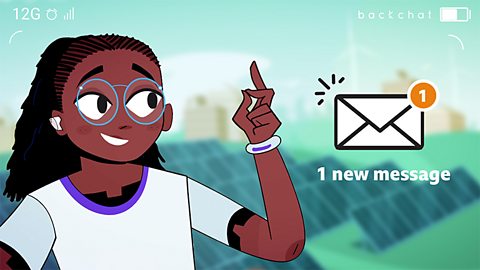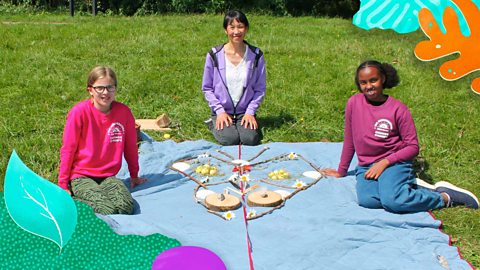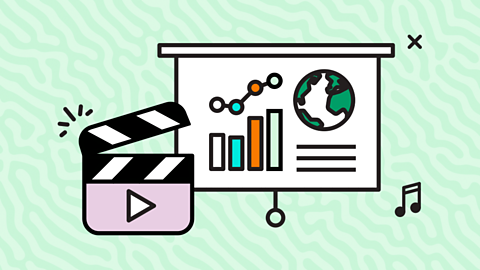
Welcome to The Regenerators.
How much of the world is used for what?
Our explainers are engaging, collage-style animations which explain many of the issues and themes around sustainability.
This video is a fun, concise answer to the question: How much of the world is used for what? It is the perfect springboard for classroom discussions.
Narrator: There are over 7 billion people on earth, but the weight of all these humans makes up just 0.01 percent of life on our planet.
If you take a globe and place France right in the middle of where you're looking, you can now see about 87 percent of all the land on earth.
If you spin earth around, you're now looking at about 90 percent of all the water on the planet. Because the water is spread out over the surface, it looks like there's a lot more than there actually is.
97 percent of all the water on the planet is in the seas and oceans, that's the salty kind of water. Only 2.5 percent of the water on earth is fresh water. That's the less salty and refreshing kind that we need to live.
Some of that is frozen in glaciers and the ice caps; it's also in the atmosphere and even in the soil. Of all that water, only 0.5 percent is fresh water we can actually use. With so little fresh water available, we need to be careful how we use it.
A lot of this fresh water is used by us to grow food. Half of the land on earth that is suitable to live on, or habitable land, is used for farming. And as the population grows, more land and resources are being used to build our homes and grow our food.
This is putting a strain on the planet.
The good news is there are more sustainable and more efficient ways to manage this. And by being aware of what we're consuming we can all help to reduce the pressure we are putting on our planet.
There's more to learn
Explore more lessons and content from around The Regenerators.
Energy and transport
BACK CHAT

Where can I see symmetry in nature?
CHANGE CHAMPS

Videos for teachers
GREEN CLASSROOM

More from The Regenerators
┤¾¤¾┤½├¢ BITESIZE
